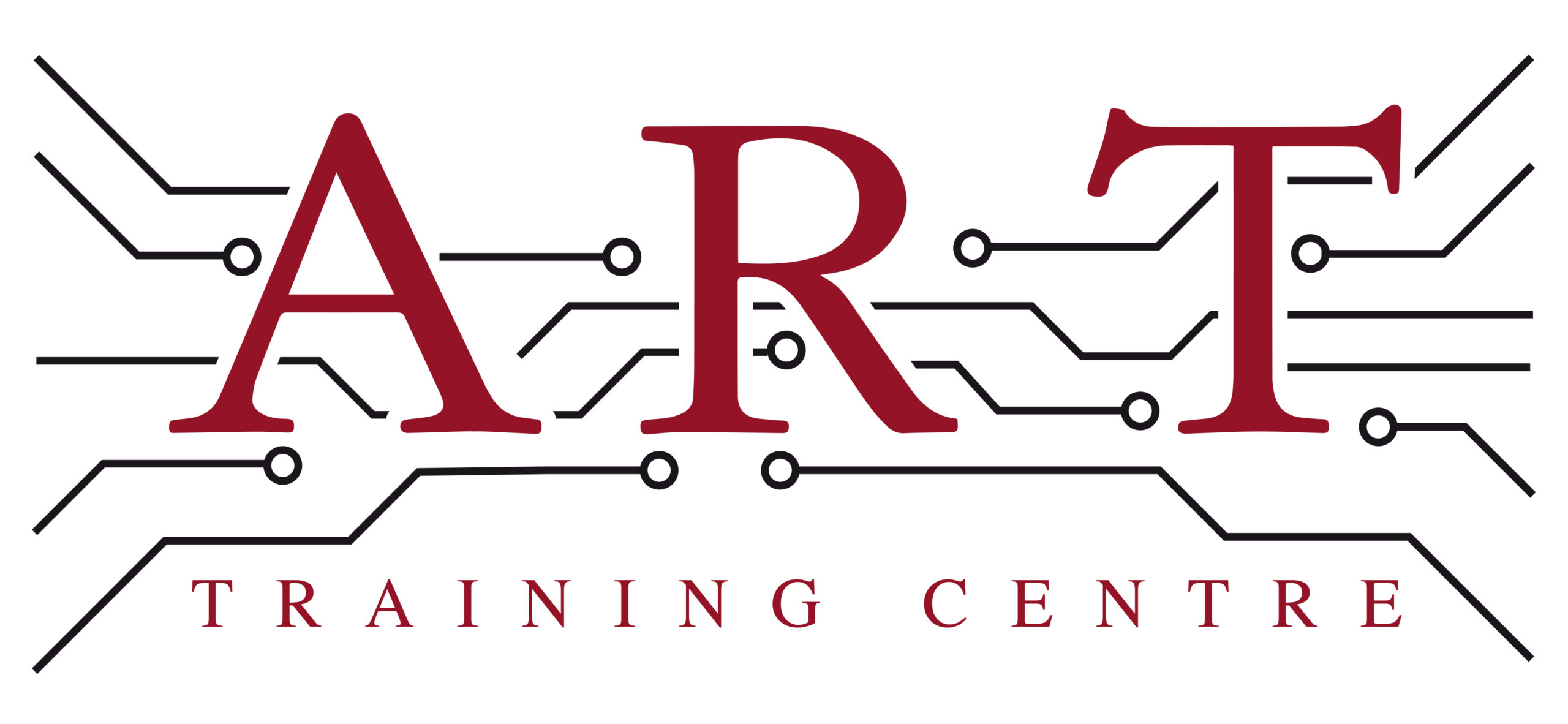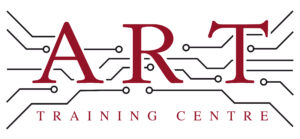Definition
Board Thickness is the measurement of the thickness of a printed circuit board (PCB), typically expressed in millimetres (mm). It is a critical component in electronics manufacturing, influencing the board’s mechanical strength, thermal performance, and electrical properties. Understanding board thickness is essential for ensuring compatibility with components and for achieving optimal performance in electronic devices.
How It’s Used in the Industry
In electronics assembly, board thickness is a key factor in the design and manufacturing of printed circuit boards (PCBs). Technicians must select appropriate thicknesses based on the intended application and the components used. During soldering, the thickness affects heat distribution, which is vital for achieving strong joints. For rework, knowing the board thickness helps technicians choose the right tools and techniques to avoid damaging the PCB. For both trainees and experienced professionals, understanding board thickness is crucial for ensuring the reliability and functionality of electronic devices.
History & Origins
The concept of board thickness became common in electronics manufacturing during the mid-20th century as the demand for reliable electronic devices increased. Early standards were established by organisations like IPC (Institute of Printed Circuits) in the 1960s, which set guidelines for PCB design and manufacturing, including thickness specifications. Technological advancements, such as the miniaturisation of components, made precise control of board thickness essential for maintaining performance and reliability in modern electronics.
Variations
Board thickness can vary significantly depending on the type of PCB and its application. Common thicknesses include 0.8mm, 1.6mm, and 2.4mm, with variations in material composition and laminate types influencing performance. Thicker boards may offer greater durability and heat resistance, while thinner boards are often used in compact devices. Understanding these variations is important for technicians to select the appropriate board for specific applications, ensuring optimal performance and reliability.
Modern Applications
Today, board thickness is crucial in electronics production, particularly in the context of surface mount and through-hole assembly techniques. It affects the mechanical stability and thermal management of PCBs, impacting the overall quality and reliability of electronic devices. Compliance with IPC standards ensures that manufacturers maintain consistent board thickness, which is vital for both performance and safety in electronic applications. As technology evolves, the importance of board thickness continues to grow in advanced electronic assemblies.
Practical Tips & Training
When working with board thickness, it is essential to use precise measurement tools, such as calipers, to ensure accuracy. Inspecting board thickness before assembly can prevent issues related to component fit and soldering quality. Technicians should also be aware of safety practices when handling PCBs, as they can be sensitive to heat and physical stress. Structured training and certification in electronics are invaluable for understanding the implications of board thickness and ensuring high-quality manufacturing processes.


